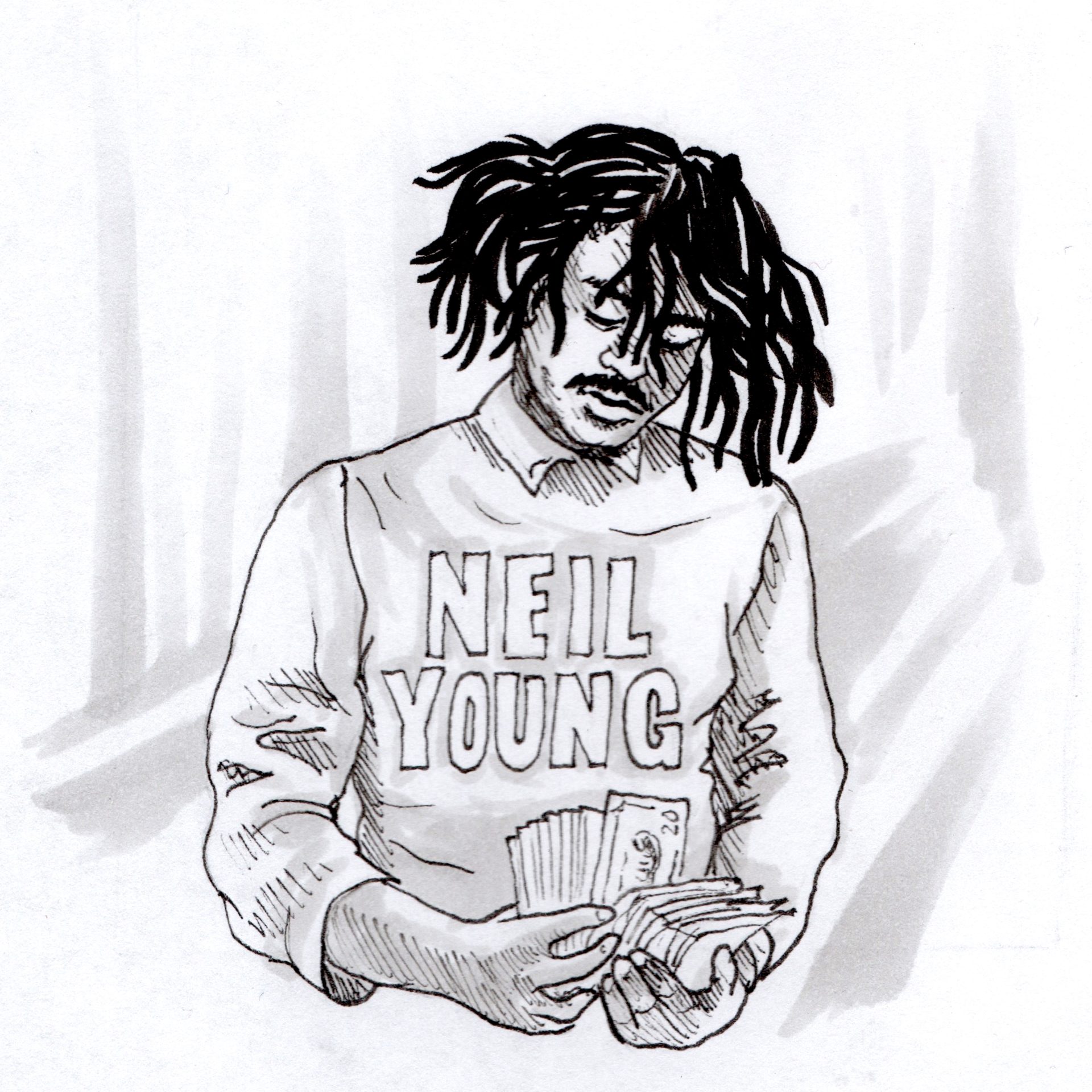
This column highlights music worth listening to that has been released between issues of The Pioneer Log. All genres and artists will be considered and generally, four of five albums will be chosen. For this issue, albums by Lucki, Neil Young and Crazy Horse, Toro Y Moi and Earl Sweatshirt are featured.
“Days B4 III” by Lucki
Chicago’s drill scene has seen better days. Gone is the era of Chief Keef being on virtually every rap playlist. Maybe we got tired of the pleasantly overproduced boasting of the early 2010s. Lucki is the answer to the excess that gave Chicago traction in the 2010’s rap world. Lucki explores similar themes to other drill music; however, rather than being excited by the thrills he is exhausted by them. “Days B4 III” opts for simple yet effective beats over the blaring horns, booming 808s and rapid hi-hats that typified drill producers like Young Chop. Lucki is clearly tired. The life that comes with being a moderately popular rapper in 2019 has become dreary and unexciting. Although he is only 23, Lucki is already nostalgic about a life where people could be trusted, and fame and money did not muddle his personal relationships. Like “Almighty So,” the Chief Keef mixtape that “Days B4 III’s” cover art pays homage to, Lucki pulls Chicago rap into a new direction where artists like Lucki would rather be at peace than “Finally Rich,” like Chief Keef yearns for on his debut album.
“Colorado” by Neil Young and Crazy Horse
On “Colorado,” Neil Young and Crazy Horse reunite for their first album since 2012’s “Psychedelic Pill.” Crazy Horse is the band that accompanied Young on many of his best albums and tours. Neil Young’s catalog post-2010 has left something to be desired. He still possessed the same artistry; however, he took a preachy and somewhat tired approach to his lyrics (listen to “The Monsanto Years”) that has dampened his music. This is not the case in “Colorado.” Young has found a way to blend elements from his past and more recent music for the better. Songs like “Green is Blue” exemplify this. In this song, he mixes the mysterious yet personal storytelling that he is known for with environmental advocacy. The music itself also signifies a clear return to form. Crazy Horse accompanies Young with well-realized and moving instrumentals. Some songs resemble Young’s gentler works of the ’70s, and some are grungier like his output in the ’90s. Fans of Young’s careful lyricism and beautiful folk arrangements will probably enjoy “Colorado.”
“Soul Trash” by Toro Y Moi
“Soul Trash” seems like Toro Y Moi imagined what his music would sound like if it was pushed through numerous electronic filters and compressors. The music is metallic and bouncy. Like Toro Y Moi’s past music, this album combines neo-soul with rap and psychedelia. These songs capture similar sounds: circular rhythms, short-but-soulful melodies and endearingly warm production. However, this album adds a new layer. Somewhere between this release and his last, it seems like Toro Y Moi took a trip to a club and took note of the energetic, electronic music. His transformation is akin to Frank Ocean’s between “Channel Orange” and “Endless” — both artists took qualities from their older music and transposed them to a new palette including drum machines, resonant synths and higher beats per minute.
“Feet of Clay” by Earl Sweatshirt
As always, Earl Sweatshirt has a lot to say but does not take up your time telling it to you. The abrupt length of his songs does not mean that they are direct or clear. In fact, “Feet of Clay” somehow manages to feel even more abstract and scattered than Earl’s last album “Some Rap Songs.” Each song stands as its own sort of short story: one-and-a-half minute yarns straight from Earl. Some of the songs are so jumbled that it feels as if Earl gathered all the elements for a song and haphazardly tossed them into the hands of the listener. Forn the song “MTOMB,” he described his creative process: “I make up the easel first, then paint what I see through.” Is Earl saying that he not only created the art but the medium as well? Or does he simply mean he makes the beat then raps over it? Although his music may sound disjointed, Earl’s attitude makes it clear that he is a vigilant and meticulous artist. For a project that is only fifteen minutes long, “Feet of Clay” has a remarkable amount of depth. If you like abstract rap albums, like MAVI’s “Let the Sun Talk,” check out this project.
Subscribe to the Mossy Log Newsletter
Stay up to date with the goings-on at Lewis & Clark! Get the top stories or your favorite section delivered to your inbox whenever we release a new issue.

Leave a Reply